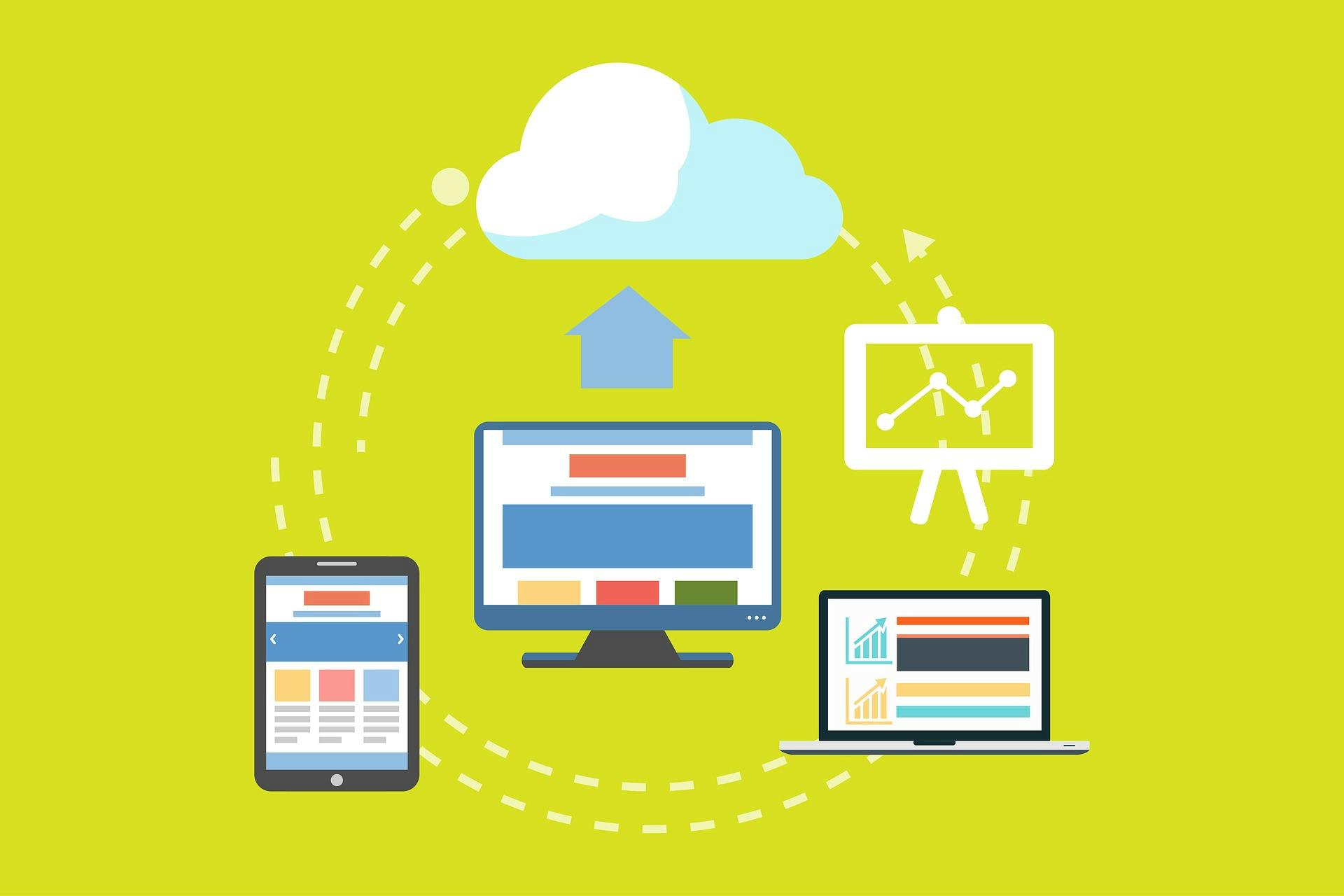Video conferencing has recently exploded in popularity thanks to the stay at home orders issued all across the United States and the rest of the world. Video conferencing was already used by many before this point, but since March 2020 it has seen an unprecedented rise in usage as in-person meetings were banned throughout many regions. And in response to this new need for video conferencing solutions, the majority of businesses have opted for specialized platforms, such as Zoom, that are limiting their productivity both in the short and long term. A better option is to invest in a VoIP service which includes video conferencing as just one of its many features.
What is VoIP?

VoIP stands for Voice over Internet Protocol. It’s basically just a fancy way to say that you’re using the internet to make phone calls rather than the cellular network. If you have an iPhone, then VoIP is to regular phone calls what iMessages are to regular texts. It just makes everything easier, more convenient, and cheaper. The benefits of VoIP over traditional phone calls include being able to call from anywhere, call from multiple devices, forward calls easily, and schedule when calls are received.
For more information on the benefits of using VoIP over standard phone lines, check out Why Switch to a VoIP Phone Line.
How are VoIP and Video Conferencing Related?
All video conferencing platforms use VoIP to connect users to one another. However, not all VoIP services provide video conferencing. So does this mean that video conferencing platforms are the better option? Not quite. They may all use VoIP, but that doesn’t mean they have all the functionality of traditional VoIP services.
A VoIP service allows you to use your computer to make phone calls to anyone. Video conferencing platforms don’t have this benefit. They can only be used to call other people who are using the same platform. To illustrate this point, let’s use Skype and Zoom as examples because most people are familiar with them. With Zoom, users can only call other users of the service — it’s a closed system. But Skype allows users to get a number with which they can make and receive calls just like a cell phone. Someone could call your phone via Skype and you may not even know that’s what they’re using.
But why should you care if your video conferencing service also functions as a traditional VoIP service? Because it streamlines your business’ avenues of communication.
All Your Communication in One Place

How does your business communicate both internally and externally? If you’re like most businesses, you’re probably using a variety of communication frameworks. You may be using cell phones or VoIP phones for voice calls, a messaging app like Slack for internal communication, and a video conferencing platform like Zoom for meeting with clients. And in some cases, you may even have multiple, similar apps. Some of your clients may be using Zoom while others are using Skype.
You need a central hub that can combine all of these functions into one. A custom VoIP setup can be just that. You’ll be able to seamlessly swap between communication avenues, while also doing so on all of your devices. Anywhere you have an internet connection can be turned into your office.
Third-Party Integration
The ability to integrate third-party applications into your VoIP and video conferencing service is one of the best things about custom VoIP setups. It allows you to easily keep logs, collect data, and automate some of the more mundane tasks associated with helping clients.
Log Keeping
Logging calls is an extremely useful feature that can be incorporated via third-party app integration. It generally takes two forms: automated transcribing and recording. With automated transcribing, everything said during a call is recorded in a text document so you can easily go back and confirm details from your conversation. When your conversations are automatically transcribed, you can forgo taking notes and instead focus on the conversation at hand. Recording works the same way but is in an audio or video format. In most cases, audio is all you would need to record to refer back to later, but if a presentation is part of your video conference, you may want to be able to go back and rewatch it.
Data Collection

Data collection doesn’t necessarily help you do your work in the same way that transcription does, but the data can be used to run your business more efficiently. Knowing when calls usually occur, how frequent they are, and how long they are is valuable information to have. For example, if you notice that most of your calls are coming in right around 12 pm, you may want your employees to either take lunch before or after that time rather than right at 12. And if you notice that many of the calls your employees are taking are lasting for a long time, it may be worth figuring out why they’re taking so long. There may be some other issue causing delays which are then causing these calls to drag on.
Task Automation
Finally, automation is always a benefit as long as the quality of the work remains the same. Entering tickets for customer help is a perfect example of a task that can be completed in this way. When a call comes in, a third-party app can be set up to automatically create a ticket if that call goes unanswered. Or perhaps you want the ticket to be created anyway, and if the issue was solved over the phone, your employees can simply check off that it’s been completed. Tickets can even be created with attached documents, meaning that a transcription of the call can be pinned onto it. So if you have a video conference with a client, a ticket could be created with a transcription of the call outlining everything the client needs to be done.
Conclusion
VoIP and video conferencing services have some things in common, but they generally each focus on a different area of communication. However, custom VoIP services can allow for a much broader range of communication avenues all in one place — including video conferencing. Third-party applications can also be integrated with your VoIP system to keep logs, transcribe calls, and streamline tasks.
Video Conferencing from ITSG
Is your business having issues with all your various channels of communication, including Zoom? A custom VoIP setup may be the right option for you. At ITSG, we have experience with hosted VoIP phone systems, custom application development, and cloud integration services. To learn more about how we can set your business up with a custom solution to your needs, contact us today.
